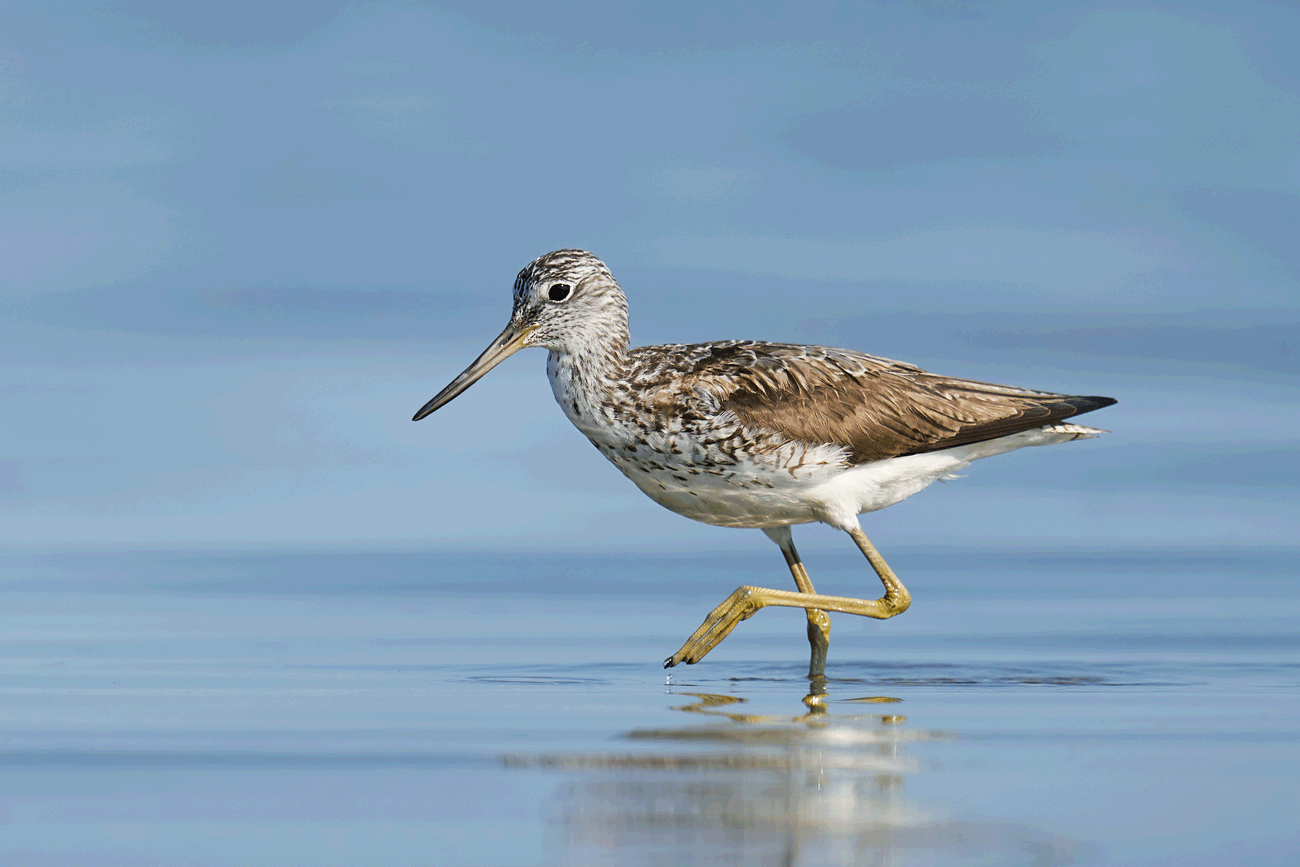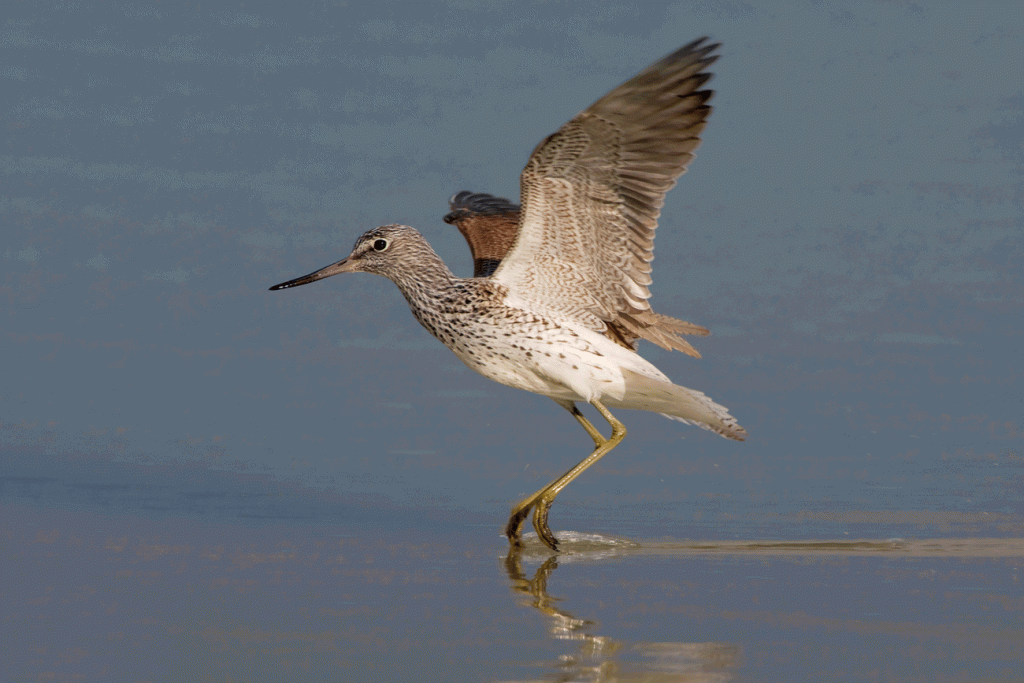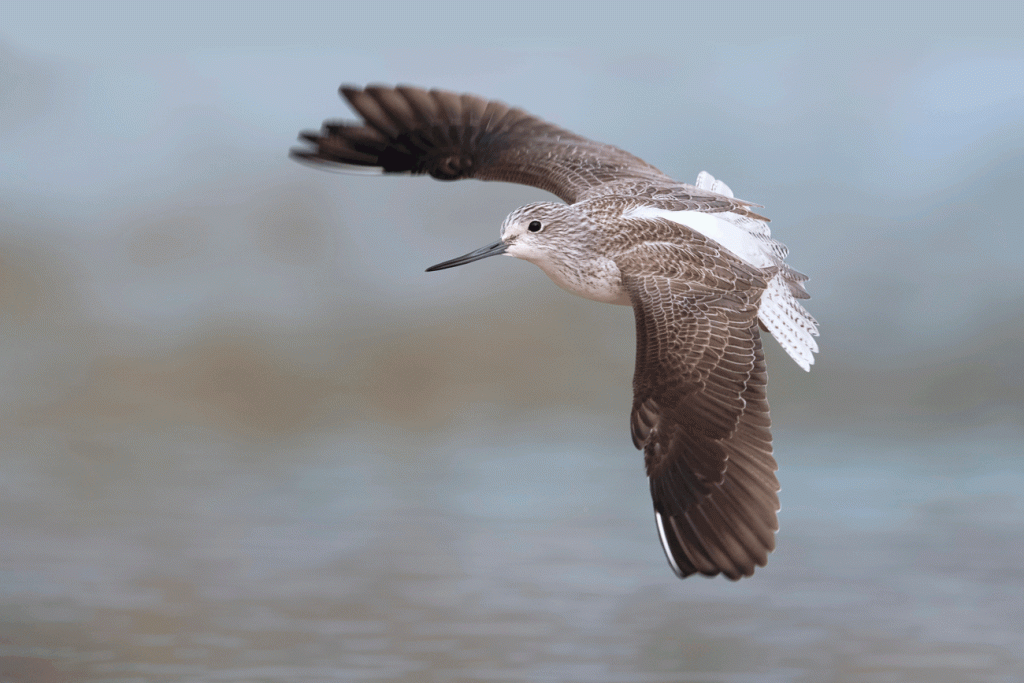
One annoying aspect of birding is when you hear an extremely brief distant call – and then silence prevails.
What was that?! Chances are you’ll never know. Could it be? Surely not. Are you certain you really heard that? If only the blighter would break the silence again.
But it doesn’t and so you are none the wiser. What’s missed remains a mystery.
I was out walking in the late summer when just this happened. A jet was thundering overhead towards Gatwick one morning and I thought I heard a short phrase of the call of an invisible Redshank, apparently flying a couple of hundred metres away and obscured by trees.
But frustratingly it was not repeated and I could not be certain. Blame the airport!
I have notched up only two local previous records of this common estuary and marsh loving wader, in 2004, and these were the first for the area. A third would have been nice. Oh well.
Then seven days later, when I’d hurt my ankle and could hardly walk, I received a message from my friend Francis Kelly which got me in a right old tizz. He’d been leading a Butterfly Conservation Surrey Branch field trip and although rain had stopped play, he went anyway in case someone turned up.
Three people did so they decided to go for a walk and he stumbled on an unexpected ‘shank’ – not a ‘red’ one though but the larger and far more exciting Greenshank. This was a monumental Cranleigh area find and the first since last century!

Naturally, I was desperate to get my eyes on it as I had never seen one in the vicinity. My throbbing ankle was not quite so keen though.
I considered the rain must have caused the Greenshank to make a stopover on its journey south from Fennoscandia, or perhaps Scotland, because it wasn’t there the previous day. And surely it would be airborne again once it had fed up and the weather improved.
What non-birders would call madness then set in. It just had to be done. After a pain killer I was on my way, hobbling as fast as I could to the very same old farm pool that earlier in the year had hosted another special first visitor to the area for me – the Green Sandpiper I wrote about last month in my October Crane Spotter article.
If there is any reason to be thankful for this year’s drought it is that various pools and ponds became little more than puddles, revealing muddy margins which migrating wading birds, and others, absolutely love.
Let’s hope the management team of our exciting new Knowle Park Lake, which has been taking shape over the last few months, have plans to cater for these species!
Tension mounted as I approached, limping low through long grass so as not to spook the Greenshank. I crept to the edge. But there was nothing to be seen except dragonflies.
Horror! It had gone and I had missed it. Want to see a Greenshank? Then think like a Greenshank. Trying to put a brave face on the situation I set off for another likely spot a quarter of a mile away just in case it had moved there.

No such luck. But things were improving with my ankle. Strangely, it felt enormously better. Must’ve been the adrenalin rush. I returned home, disgruntled but hopefully not yet defeated.
There was only one thing for it. One of my mantras in birding is to stay optimistic and always double check if you can. It often pays off. Next morning shortly after dawn I was back at the site and approaching stealthily.
I crept through the soaking vegetation. Seconds later I was jubilant. Bingo! The Greenshank was back feeding as it waded around nervously in the shallow water. Phew!
I watched this large and impressive wader gradually making its way towards me, giving closer views of subtle grey and white upper part patterns, a long dark slightly up turned bill, and long greenish legs emerging from its clean white belly.
A dog then suddenly appeared at my feet and I had visions of it running into the water. But thanks must go to the owner who was only too pleased to put it back on the lead and enjoy seeing the Greenshank for herself through my ‘bins.’ She thought it might have been around for a week. Mmmm…
Eventually the show was over, or so we thought, and it flew off in a semicircle around us, calling with its trademark ‘Chew-chewchew.’
Surprisingly, the Greenshank remained in the area and was reported a number of times over the following two weeks before finally departing for pastures new. Perhaps as far away as scorching West Africa. And another drought hit pool.











